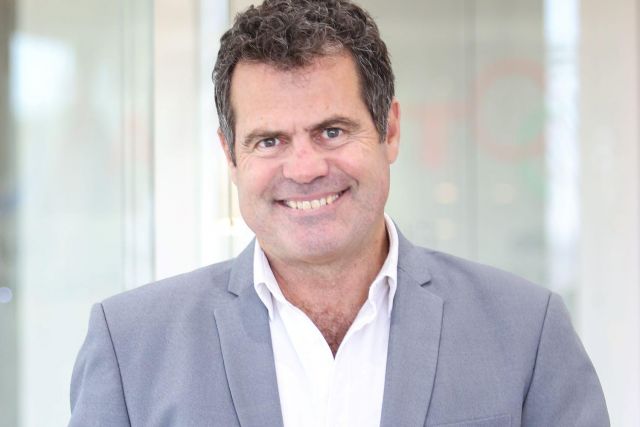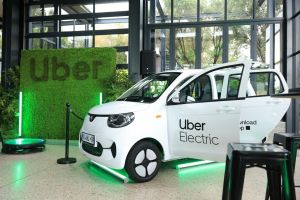
Don’t ruin keDezemba - book your pre-holiday vehicle safety check
As families prepare for the upcoming holiday travel season, ensuring vehicle safety is more important than ever.
- Industry News
- 5 December 2025
Hino South Africa is making substantial progress in addressing environmental challenges at its manufacturing plant in Prospecton near Durban, with special focus on greening its electricity supply and decreasing the amount of waste going to landfills.

“Hino South Africa, like all the other Hino factories and distributors around the world, is committed to assist Hino Motors Limited in its Environmental Challenge 2050, where the target is carbon neutrality,” commented Anton Falck (photo), Vice President of Hino SA.
“We have already taken substantial steps on our pathway to lower the carbon footprint of our products and our manufacturing facility in Prospecton. This year will see us double the energy output from our solar roof panel project, as well as targeting to divert 81% of factory waste from landfills,” he explains.
“Currently, the roof panels provide 600 kWp. A further 800 kWp will be added by the middle of the year as a further 6 600 m2 of roofing are covered with solar panels. This will bring the total energy output to 1 400 kWp.
“Roof repairs and strengthening of the support structure are already in progress with the installation of panels, inverters and cables due to commence in April. Construction will take place at night to prevent any impact on manufacturing operations during the day,” he adds.
Hino SA is aiming to become a zero waste to landfill manufacturing facility. Hino SA’s factory waste amounted to 31.67 tons in 2021 and 72% was diverted from going to landfills. In 2022, 77% of the 28.84 tons of waste were diverted and last year the amount of waste decreased to 20.88 tons, with 71% diverted from landfills. As mentioned earlier, this year the target is to divert 81% of waste from going to landfills.
Waste segregation takes place at source and then there are various methods of disposing of it, so it does not go to landfills. Dry, hazardous waste is disposed of through incineration, while food waste from the canteen is recycled using a biological method – the Bugology Treatment – which involves feeding waste food to maggots, more specifically the amazing Black Soldier, which converts it to compost in a nine-hour cycle.
The World Wildlife Fund (WWF) estimates that 32 million tons of food waste are sent to landfills in South Africa each year. The negative effects on the environment and the country are massive. Harmful methane emissions as well as soil/water/air contamination and the spread of disease are all linked to food waste being dumped. Hino SA’s use of the Bugology Treatment is one of the most effective ways of countering these occurrences.
“We are putting a great deal of focus on reducing our waste to landfills, with the aim of the Hino plant becoming Toyota SA’s Durban-based operations first Zero Waste to Landfill facility,” Anton says.

Volkswagen Group Africa (VWGA) has completed the second phase of its solar photovoltaic (PV) carport project in the employee car park and service centre at the Kariega manufacturing plant, further demonstrating its focus on renewable energy and sustainable manufacturing.

Mahindra has taken a bold step in India’s fast-evolving electric vehicle (EV) market by unveiling its latest innovation: the XEV 9S, a seven-seater electric SUV.

Uber announced the next phase of its low-cost mobility journey with the expansion of its Uber Moto product to include Uber Go Electric in South Africa.